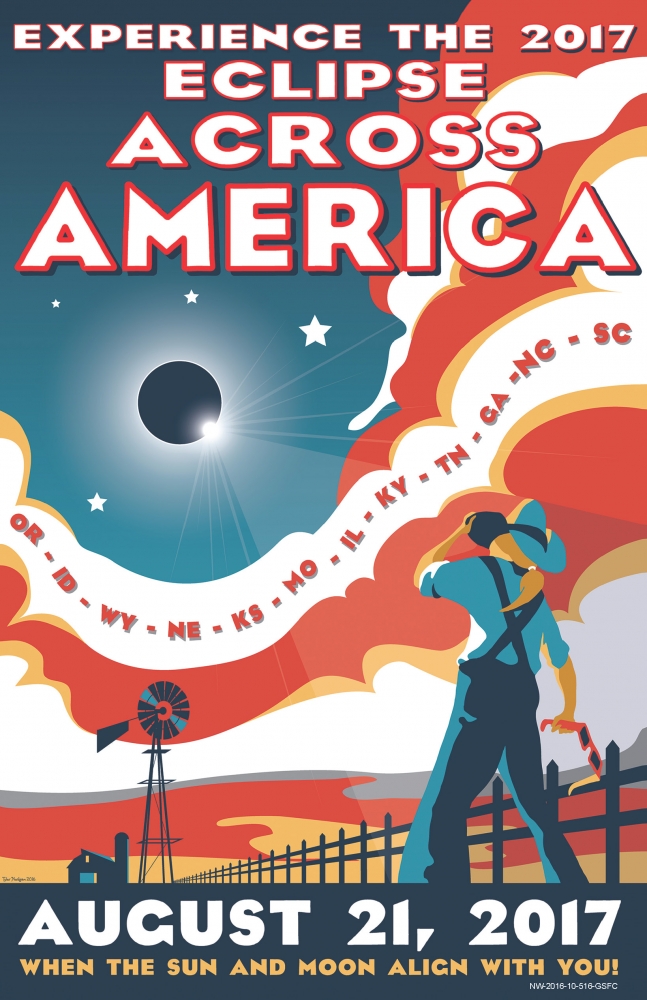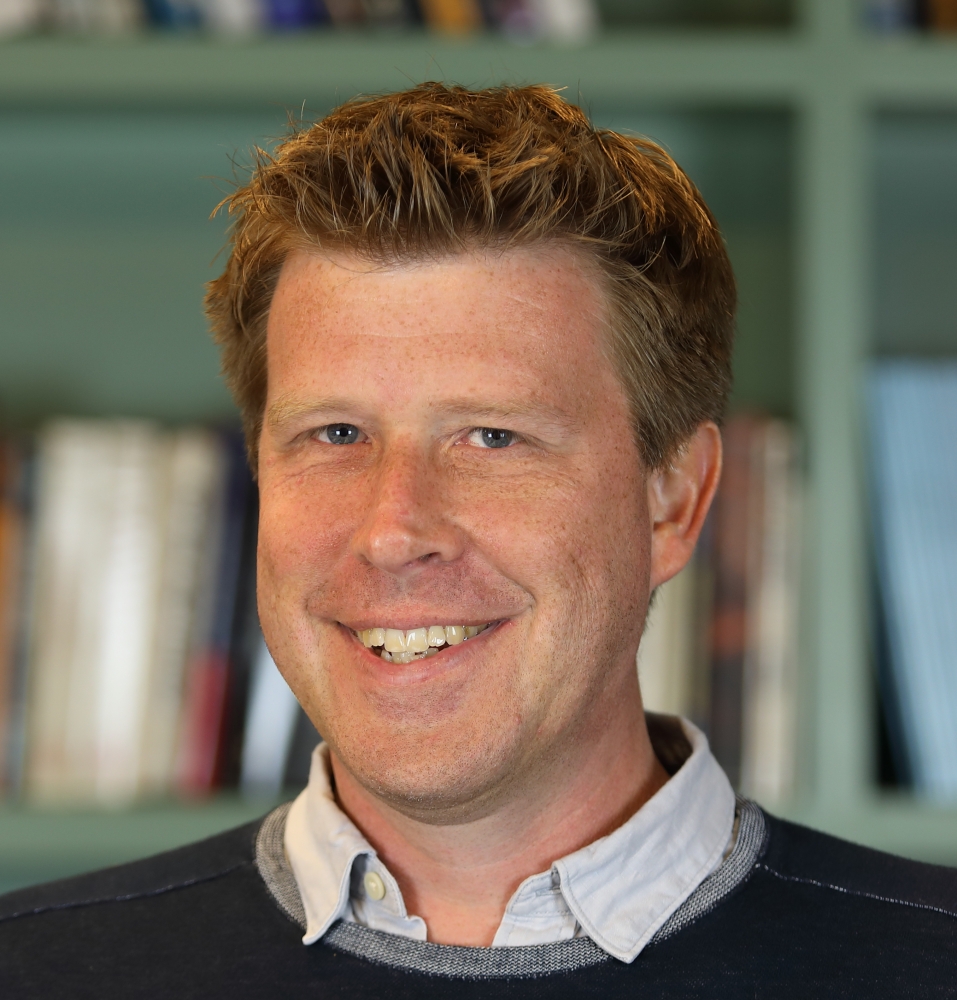
Total Eclipse of the Sun

On August 21, millions of people across the country will witness what UC Santa Barbara astrophysicist Andy Howell calls a “once in a lifetime” event: a total eclipse of the sun.
The last eclipse of this magnitude — whose path remained completely within the United States — occurred in 1776.
According to Howell, total solar eclipses have advanced science, changed politics, overthrown governments and brought together people across cultures and across time. “The theory of general relativity was confirmed during a total solar eclipse,” he said.
“Einstein became famous overnight when Sir Arthur Eddington — one of the most famous scientists at the time, 1919 — figured out that during that eclipse, the sun would be near a star cluster,” said Howell, a staff scientist at the Las Cumbres Observatory and an adjunct faculty member in UCSB’s Department of Physics. “Scientists took images of the cluster before and then during the eclipse and saw the positions of stars were distorted from the gravity of the sun — distorted in a way that was predicted by relativity.”
This month’s total eclipse will be visible only along a 70-mile-wide path from Oregon to South Carolina. The sun will be completely blocked by the moon for about 2 minutes — 2 minutes and 40 seconds at the greatest extent.
Choosing where to view the eclipse is a science in itself. A host of factors come into play, not the least of which are traffic, location access and the potential for cloud cover.
“The East Coast has much higher population density along the path of totality,” Howell explained. “South Carolina and areas around there will be quite crowded. Along the west coast, Portland is very cloudy, but if you go over to Salem, it’s not so bad, and Salem is nearer to the path of totality. Pick a place where the chance of cloud cover is the smallest and there are highways in either direction in case of clouds on eclipse day. That way you can scoot over to a different location.”
For more information about the Aug. 21 solar eclipse, watch Howell’s “Science vs. Cinema” talk on his YouTube channel.



